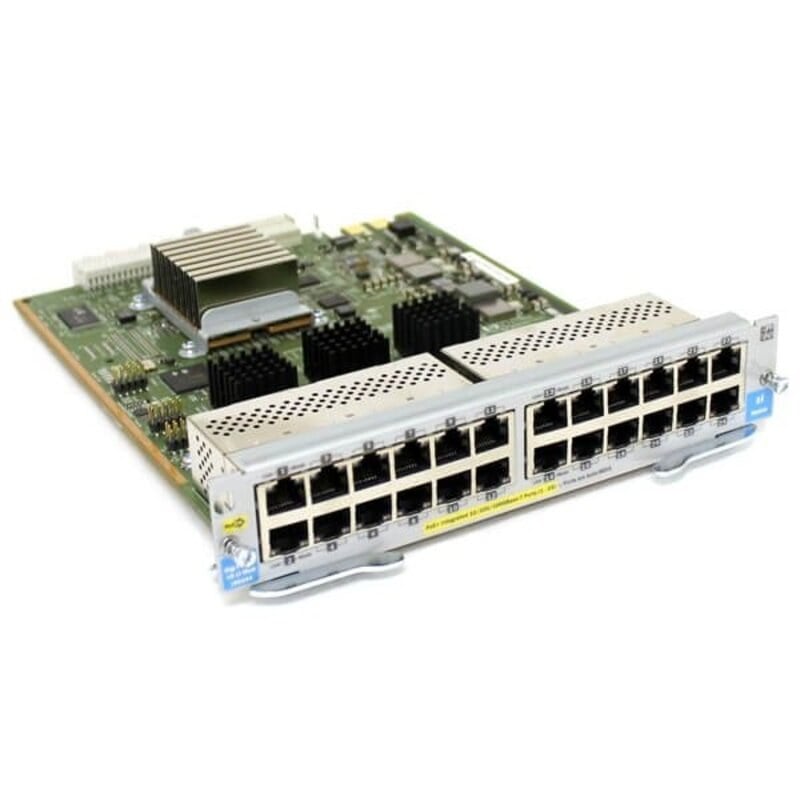Description
Enhancing Network Speed and Reliability
Enhancing network speed and reliability refers to the process of improving the performance and stability of a network. This can be achieved through a variety of methods, including:
- Upgrading network infrastructure: Upgrading network infrastructure, such as switches, routers, and cabling, can help to increase network speed and reliability, by reducing network congestion and improving network performance.
- Implementing network security: Implementing network security, such as firewalls, intrusion detection systems, and access control systems, can help to improve network reliability, by reducing the risk of network attacks and data breaches.
- Optimizing network configuration: Optimizing network configuration, such as adjusting network settings, configuring Quality of Service (QoS) policies, and implementing network virtualization, can help to improve network speed and reliability, by reducing network congestion and improving network performance.
- Monitoring network performance: Monitoring network performance, using network management tools and network performance monitoring software, can help to identify potential network performance issues, and allow network administrators to take proactive measures to resolve them.
- Redundancy and failover: Implementing redundancy and failover, such as using redundant network components, and implementing failover mechanisms, can help to improve network reliability, by reducing the risk of network downtime and ensuring that network services are available even in the event of a network failure.
By enhancing network speed and reliability, organizations can improve their overall network performance, reduce the risk of network downtime, and improve their ability to support critical business operations and applications. Additionally, enhancing network speed and reliability can help organizations to increase their competitive advantage and drive organizational success.
Efficiently Expanding Your Network
Efficiently expanding your network refers to the process of adding new network components, such as switches, routers, or additional ports, to increase network capacity, improve network performance, and support new business requirements. The goal is to expand the network in a cost-effective and efficient manner, without sacrificing network performance or stability.
To efficiently expand your network, it is important to consider several factors, including:
- Network architecture: Ensure that the network architecture is flexible and scalable, to allow for easy expansion as business requirements change.
- Network infrastructure: Ensure that the network infrastructure, including switches, routers, and cabling, is able to support the increased network traffic and demands.
- Network security: Ensure that network security measures, such as firewalls, intrusion detection systems, and access control systems, are in place and can be easily expanded as needed.
- Network management tools: Ensure that network management tools, such as network monitoring software, are in place and can be easily expanded as needed.
- Budget and cost considerations: Consider the budget and cost implications of expanding the network, and look for cost-effective solutions that can meet the business requirements.
By efficiently expanding your network, organizations can increase network capacity and performance, support new business requirements, and drive organizational success. Additionally, by taking a strategic and cost-effective approach to network expansion, organizations can ensure that their network investments are aligned with their business goals, and can deliver the desired return on investment (ROI).
Streamlining Switch Management
Streamlining switch management refers to the process of making network switch administration and maintenance more efficient and effective. The goal is to reduce the time and resources required to manage switches, minimize network downtime, and improve network performance and reliability.
To streamline switch management, several best practices should be considered, including:
- Centralized management: Implement a centralized management system that allows network administrators to manage switches from a single console, reducing the time and resources required to manage switches.
- Automation: Automate routine tasks such as switch configuration, firmware upgrades, and network monitoring, to minimize the time and resources required to manage switches.
- Standardization: Standardize switch configurations, hardware, and software, to minimize the time and resources required to manage switches and reduce the risk of human error.
- Documentation: Develop and maintain comprehensive documentation of switch configurations and network topology, to make it easier for network administrators to manage switches.
- Monitoring and alerting: Implement network monitoring and alerting systems that can quickly identify and resolve network issues, minimizing network downtime and improving network performance.
By streamlining switch management, organizations can reduce the time and resources required to manage switches, minimize network downtime, and improve network performance and reliability. Additionally, by taking a strategic approach to switch management, organizations can ensure that their network investments are aligned with their business goals and deliver the desired return on investment (ROI).
Key Features
- Manufacturer: HPE
- Manufacturer Part Number: J9550-61101
- Type: Networking
- Sub-Type: Expansion Module
- Device Type : Expansion Module – 24 Ports
- Form Factor : Plug-In Module
Networking
- Connectivity Technology : Wired
- Cabling Type : Ethernet 10 Base-T, Ethernet 100 Base-Tx, Ethernet 1000 Base-T
- Data Link Protocol : Ethernet, Fast Ethernet, Gigabit Ethernet
- Data Transfer Rate : 1 GBPS
- Features : Power Over Ethernet (POE)
- Compliant Standards : IEEE 802.3AF
Expansion / Connectivity
- Interfaces : 24 X Network / Power – Ethernet 10 Base-T/100base-Tx/1000 Base-T – RJ-45
- Compatible Slots : 1 X Expansion Slot












